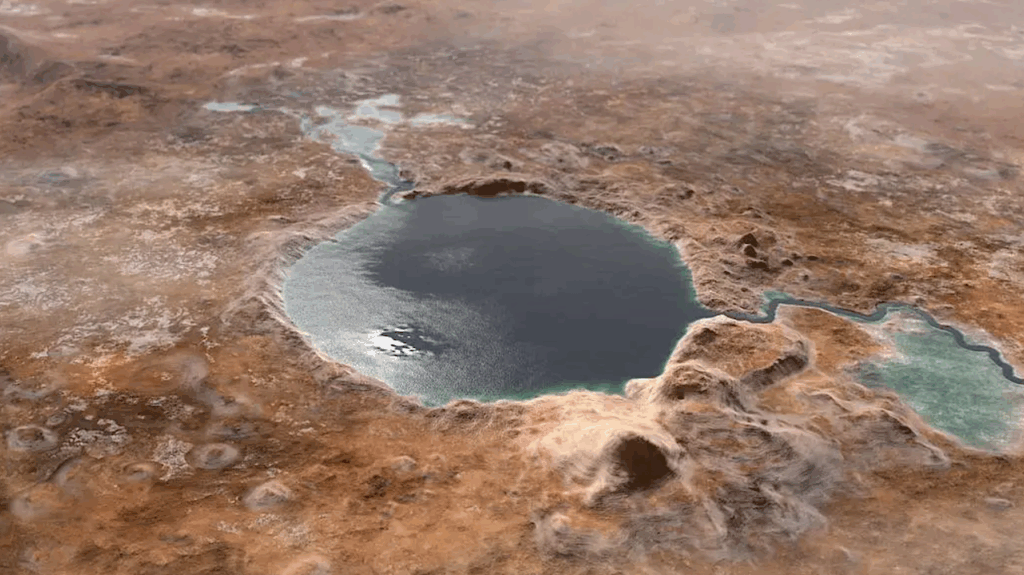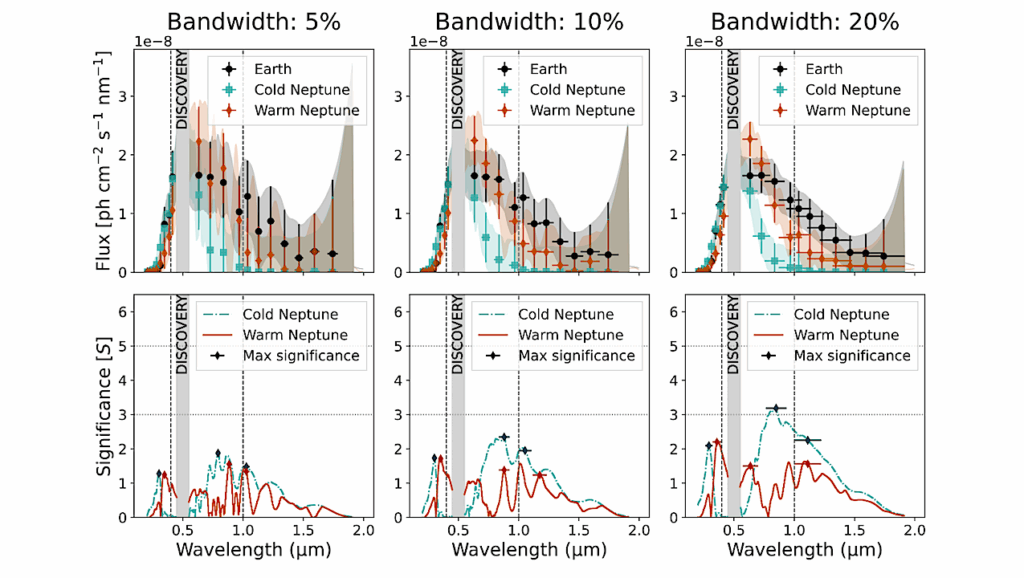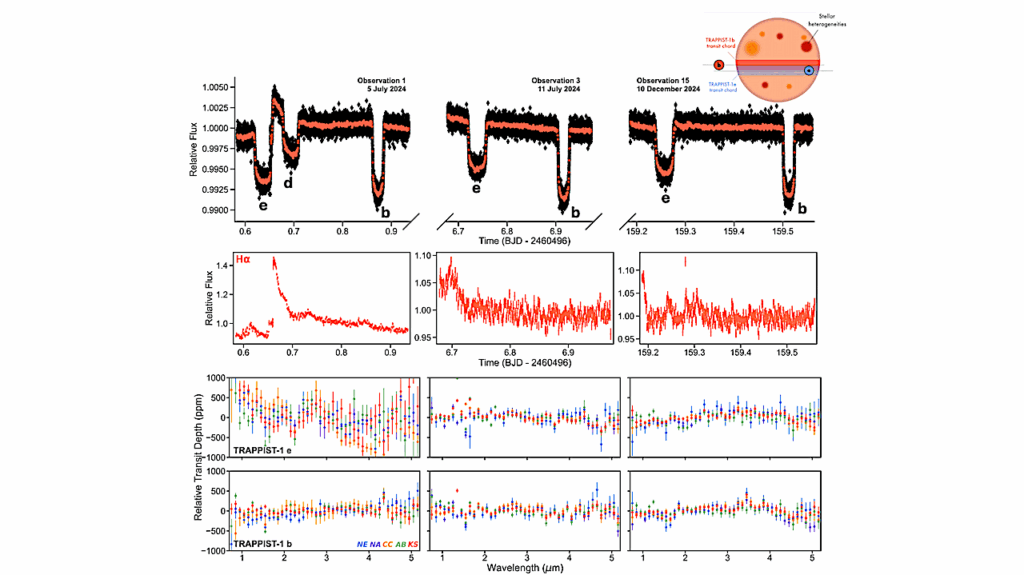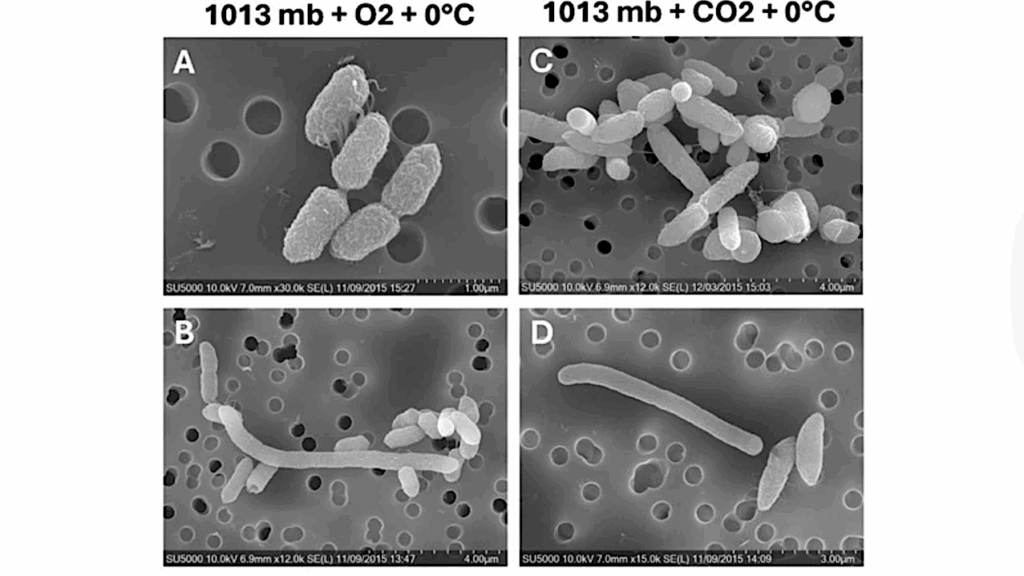How Planetary Surfaces Can Shape The Climate Of Habitable Exoplanets

Large ground- and space-based telescopes will be able to observe Earth-like planets in the near future. We explore how different planetary surfaces can strongly influence the climate, atmospheric composition, and remotely detectable spectra of terrestrial rocky exoplanets in the habitable zone depending on the host star’s incident irradiation spectrum for a range of Sun-like host stars from F0V to K7V.
We update a well-tested 1D climate-photochemistry model to explore the changes of a planetary environment for different surfaces for different host stars. Our results show that using a wavelength-dependent surface albedo is critical for modeling potentially habitable rocky exoplanets.
Jack Madden, Lisa Kaltenegger
(Submitted on 31 Dec 2019)
Comments: Submitted to MNRAS, 12 pages, 12 figures
Subjects: Earth and Planetary Astrophysics (astro-ph.EP); Solar and Stellar Astrophysics (astro-ph.SR)
Cite as: arXiv:2001.00085 [astro-ph.EP] (or arXiv:2001.00085v1 [astro-ph.EP] for this version)
Submission history
From: Jack Madden
[v1] Tue, 31 Dec 2019 21:26:10 UTC (2,017 KB)
https://arxiv.org/abs/2001.00085
Astrobiology








